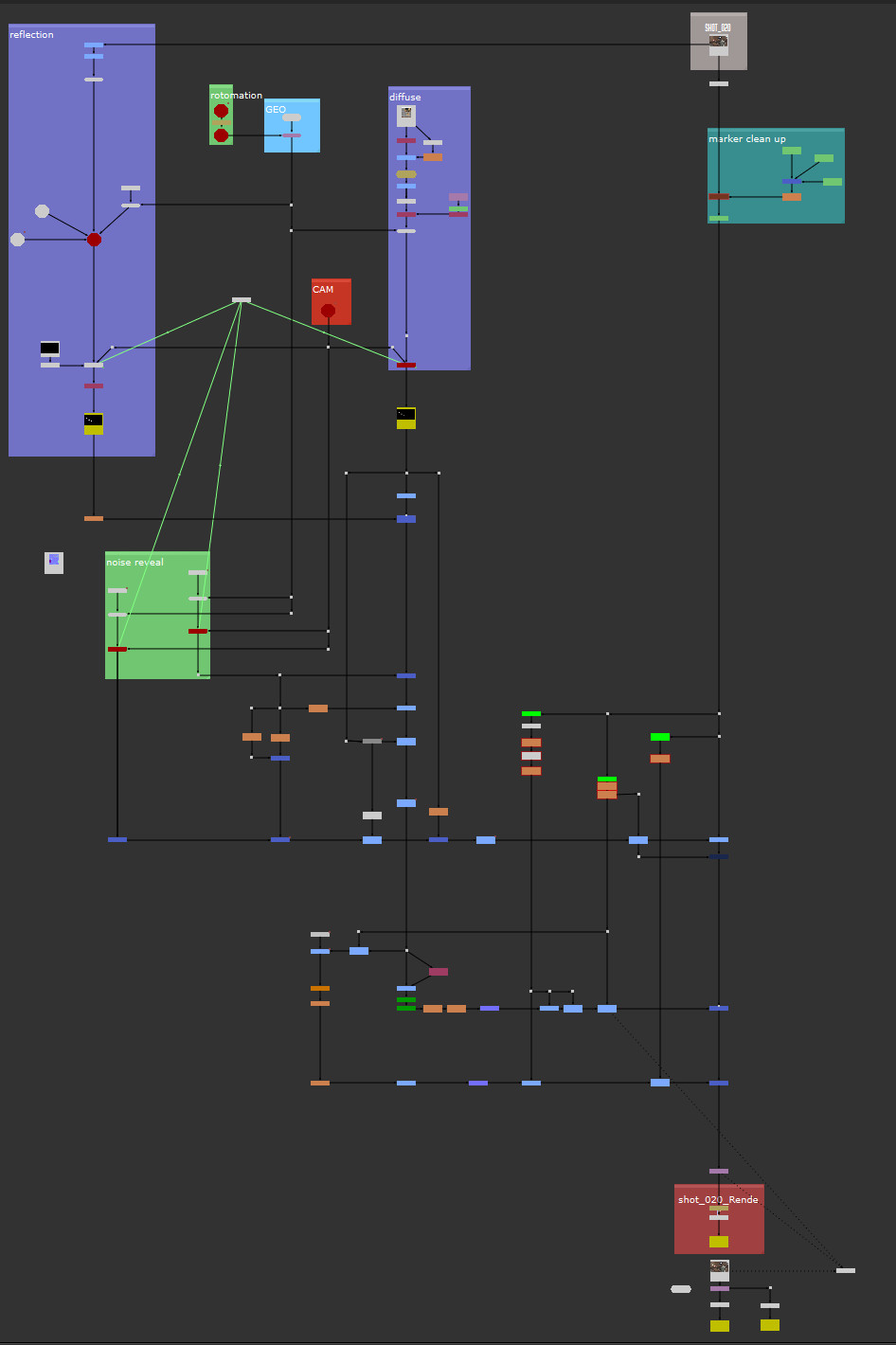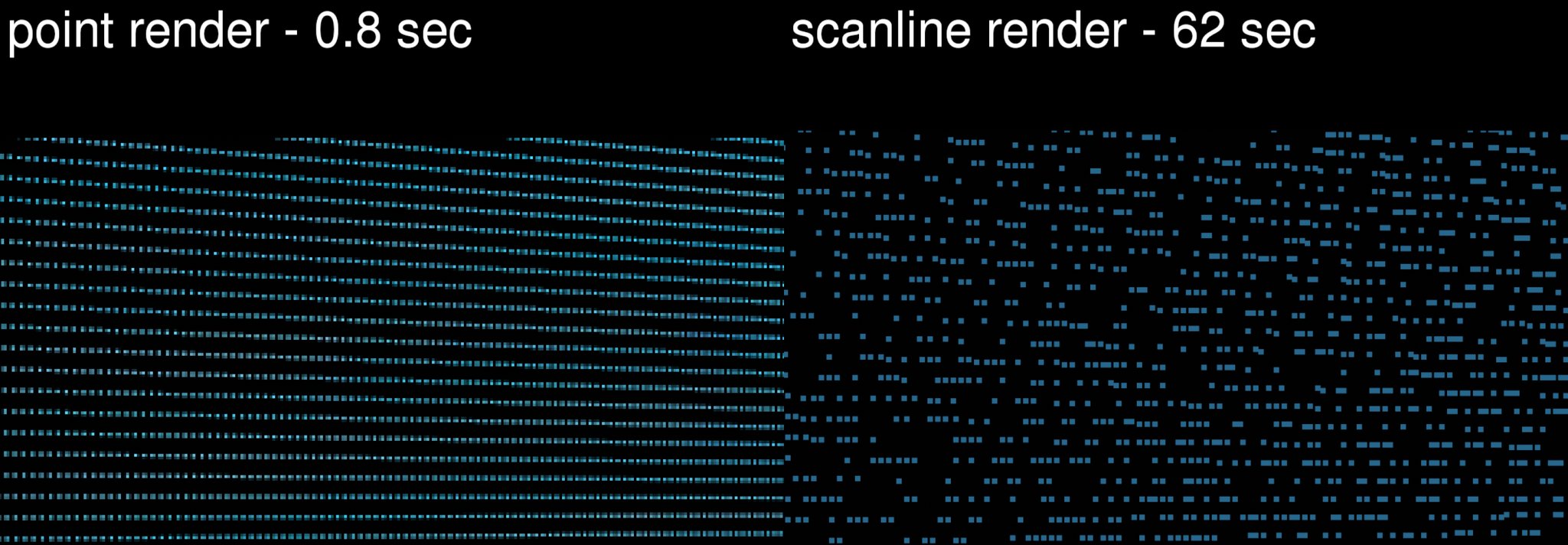
The vertical axis shows the ‘extra dimension’ of complex numbers that can be added. The horizontal axis on this coordinate plane is where the real, ‘normal’ numbers (1, 2, 3) are. They consist of a real number ( a) and a complex number ( b), and are then noted as a + bi. Nuke An award-winning compositor, NUKE provides state-of-the-art tools designed to streamline day-to-day workflow and ensure highest quality results fast. Complex numbers can be seen as numbers that are in a two-dimensional number system, like coordinates.

CREATING A SCANLINE RENDER NODE IN NUKE 10 HOW TO
After that, we’ll look at how to integrate that in Nuke. This iteration process is where SetLoop comes in handy.įirst, let’s get a good understanding of the mathematics behind a Mandelbrot set. The trick is to iterate an Expression node as often as possible over the same pixels. The Mandelbrot set is an amazing set of numbers.

Room for custom knobs that can be referenced to from in the loop – only available when iteration knob is enabled and set – only available with method parallel and blend enabled The original nodes (the ones in the backdrop in the main graph) will also get this knob, starting at 0īake the loop (or clear it when it is empty)īlends the loop levels when scroll is not a round number What is Scanline render in nuke When connected to a Scene node, the ScanlineRender node renders all the objects and lights connected to that scene from the perspective of the Camera connected to the cam input (or a default camera if no cam input exists).

Make a copy of the nodes in the backdrop before setting the loop with this enabled, as it permanently alters the expressions on knobsĪll changes will be printed in the script editor panelĪdd a knob called ‘iteration’ to all nodes in the loop, with an integer value representing their looping index Relink nodes that are not in the loop via extra inputs in this group nodeĪttempt to fix expressions when they’re moved into this group by:Ĭhanging ‘parent.’ to ‘root.’ when the nodes they refer to are not in the loopĪdding ‘root.’ in expressions before nodes that are not within the loopĬhanges are only made to nodes in the loop itself, and they will be printed in the script editor panelĪutomatically removes the ‘parent.’-part for all expressions on nodes in the backdrop, which often fixes common relinking issues Keeps the group empty and writes each iteration as a sequence on top of an exr of the previous one, faster but not live The team made tests between rendering latlong images from Nuke’s Scanline Render Node, but settled on cubic maps instead. – parallel creates multiple instances of the same input and merges them togetherĬopies the nodes to loop over into this group node for a live loop within Nuke


 0 kommentar(er)
0 kommentar(er)
